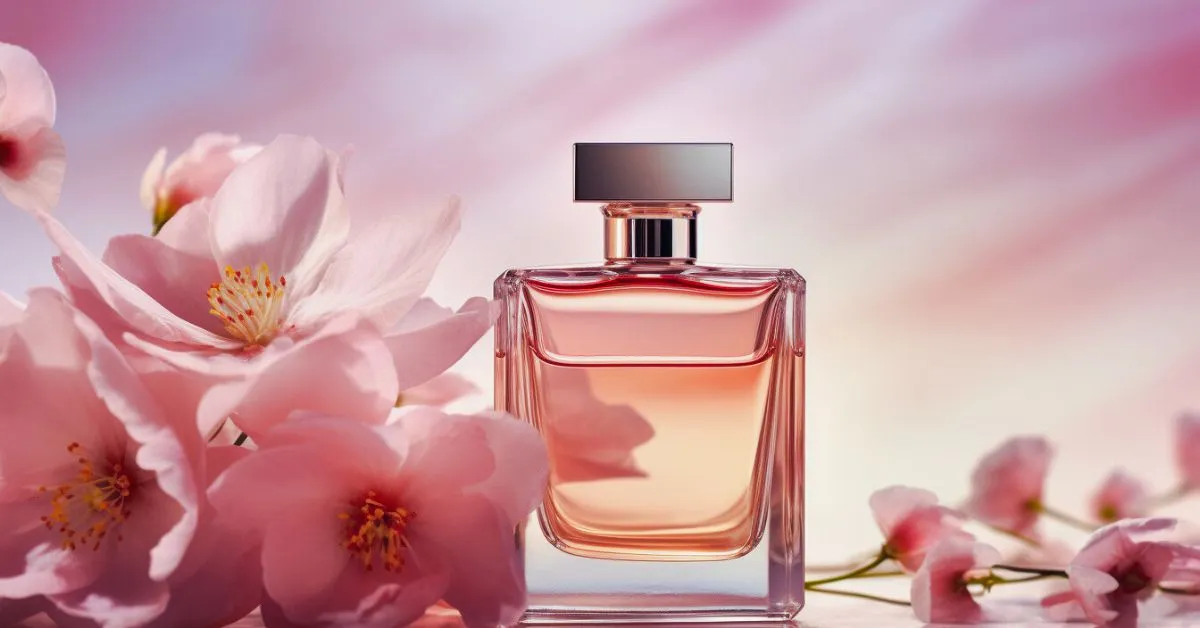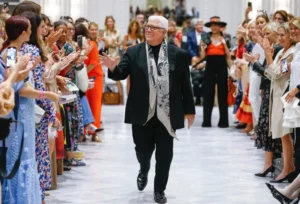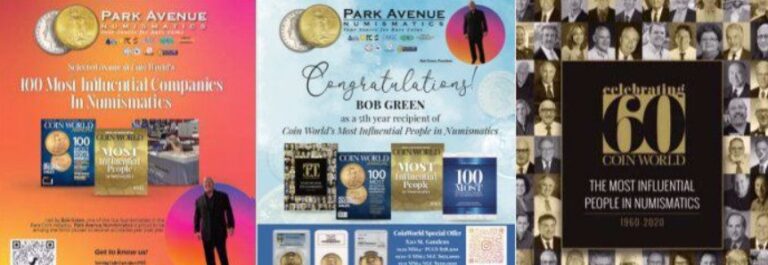Fragrance, an art that transcends time and place, has always been an essential part of human culture. It is woven into the fabric of our daily lives, evoking emotions, memories, and even influencing our behavior. When we talk about perfume, or parfum, we refer not just to a bottle of scent but to an intricate composition of art, science, and history. In this article, we will explore the multifaceted world of parfum, diving deep into its origins, the complex process of creation, its impact on culture, and its future.
The Origins of Perfume: A Historical Overview
The story of parfû begins thousands of years ago, in ancient civilizations that understood the power of scent. The word “perfume” comes from the Latin word per fumum, meaning “through smoke,” referring to the practice of burning fragrant resins and oils in religious ceremonies. Ancient Egyptians were among the first to use fragrance extensively, both for ritual and personal use.
Ancient Egypt
The Egyptians, known for their advancements in both science and mysticism, were pioneers in the creation of perfumes. They believed that fragrance had divine properties and used it in ceremonies dedicated to the gods. The famous queen Cleopatra, for instance, was said to have used a blend of essential oils for both beauty and seductive purposes. Perfumes were often made from flowers, herbs, resins, and spices, and they were either burned as incense or used in oils for bathing.
The Greeks and Romans
In Greece and Rome, perfume became a luxury product. The Greeks refined the art of blending oils and extracts from flowers, fruits, and herbs to create more sophisticated perfumes. The Romans, on the other hand, embraced the use of scent as a status symbol, with wealthy individuals using perfumes to make a statement of luxury. By the time of the Roman Empire, perfume was being used not just in religious rituals but in daily life as well, from scented oils for the body to perfumed baths.
The Middle Ages and the Renaissance
During the Middle Ages, the production of perfume in Europe slowed, partly due to the dominance of Christianity and the suspicion of “luxuries” associated with ancient pagan rituals. However, as trade routes opened and the Renaissance dawned, the use of fragrance was revived. The use of rosewater, distilled from petals of roses, became a common practice among the European elite, especially in France, which would later become the epicenter of the modern perfume industry.
The Birth of Modern Perfumery
The foundations of modern perfume were laid in the 17th and 18th centuries, particularly in France. While the use of perfume as a luxury product had been widespread for centuries, it was in the 18th century that the art and science of perfumery began to take shape. The invention of the alcohol-based perfume is often attributed to the creation of Eau de Cologne, which was developed in the 1700s by the Italian chemist Giovanni Maria Farina. This invention allowed perfumes to be produced in liquid form rather than solid or oily form, leading to greater accessibility and innovation.
The Rise of Grasse, the Perfume Capital
Grasse, a small town in the south of France, holds a significant place in the history of perfume. Due to its ideal climate for growing fragrant flowers, such as jasmine, rose, and lavender, Grasse became the center of perfume production in the 16th century. By the 18th century, the town was home to some of the most prestigious perfumeries in the world, and its influence continues to shape the perfume industry today.
The Complex Process of Creating Parfum
Creating a perfume is an intricate process that involves both artistry and chemistry. The creation of a perfume begins with the selection of raw materials, which can range from natural ingredients like flowers, fruits, and spices to synthetic compounds that mimic natural scents.
The Structure of a Perfume: Notes and Composition
Perfumes are typically divided into three “notes”—top, middle, and base—that together form the fragrance pyramid.
Top Notes
These are the first scents that are noticed when the perfume is applied. They are typically light, fresh, and volatile, lasting anywhere from 15 minutes to an hour. Common top notes include citrus, mint, and lavender.
Middle Notes
Often referred to as the “heart” of the perfume, middle notes emerge after the top notes fade. They are more complex and enduring, lasting for several hours. Floral notes like jasmine, rose, and geranium are often used in this layer.
Base Notes
These are the long-lasting, deeper scents that form the foundation of the fragrance. Base notes can last for hours or even days after application and are typically composed of heavier ingredients such as vanilla, sandalwood, musk, and amber.
The interplay of these three notes creates the overall experience of a fragrance, with top notes offering a fleeting impression, middle notes unfolding over time, and base notes providing depth and longevity.
The Role of the Perfumer: The “Nose”
The creation of a perfume is led by a professional known as a “nose” (or parfumeur in French). A nose is a highly trained expert in scent composition who has an innate sense of smell and is able to identify and blend hundreds, if not thousands, of different ingredients. Becoming a nose is a long and rigorous journey, often involving years of study and apprenticeship.
A perfumer works closely with chemists, brand designers, and marketers to create a fragrance that is not only appealing but also marketable. While the process is largely creative, it requires a deep understanding of chemistry to ensure that the final product is stable, safe, and effective.
The Modern Perfume Industry
Today, the perfume industry is a global powerhouse, valued at billions of dollars and ever-expanding in terms of both innovation and consumer demand. While the craftsmanship behind perfumes remains rooted in tradition, the modern perfume industry has evolved with new trends, technological advancements, and shifting consumer preferences.
The Role of Major Perfume Houses
Some of the most renowned perfume houses in the world include Chanel, Dior, Hermès, Guerlain, and Yves Saint Laurent. These houses continue to create iconic fragrances that have defined olfactory culture. For example, Chanel No. 5, introduced in 1921, remains one of the best-selling perfumes in history, while Dior’s J’adore has become synonymous with elegance and luxury.
These fragrance houses often have teams of perfumers working on new formulations, with releases often timed to coincide with fashion collections or seasonal shifts. Many perfume brands also focus on creating limited-edition fragrances to capitalize on the exclusivity factor, making scent itself an integral part of luxury branding.
Niche Perfumery: A Growing Trend
While the large perfume houses dominate the market, the rise of niche perfumery has been a notable trend in recent decades. These smaller, independent brands emphasize unique, high-quality, and often unconventional scents. Niche perfume makers tend to experiment with rare ingredients and often prioritize artistry over mass appeal.
Some well-known niche perfume brands include Le Labo, Diptyque, Byredo, and Serge Lutens. These brands cater to consumers looking for something distinctive, often using fewer synthetic ingredients and focusing on natural materials and personal stories behind each fragrance.
The Role of Technology
Advancements in technology have also impacted the perfume industry, particularly in the creation and distribution of scents. Companies are using artificial intelligence to predict trends and help create fragrances that appeal to consumers on a psychological level. AI can analyze large amounts of data on consumer preferences, even considering factors like demographics, weather, and occasion to create the “perfect” scent.
Additionally, technology has enabled more precise extraction techniques, allowing perfumers to harness the most potent and purest essence from raw materials. Some companies have also started creating digital fragrances, where scent can be programmed into devices and released through machines, offering a new frontier in how we experience fragrance.
Perfume and Its Impact on Culture
Scent is deeply embedded in cultural expression. It can evoke emotions, symbolize personal identity, and even affect social and psychological interactions. Perfume has been a form of self-expression for centuries, from Cleopatra’s seductive perfumes to the intricate, personalized scents worn by modern perfume lovers.
Perfume in Fashion and Personal Identity
For many, perfume is an essential part of their personal identity. The scent you wear can influence how others perceive you, just as much as your clothes, your hairstyle, or your demeanor. Perfume is often used as a symbol of femininity, masculinity, or power, and it can enhance the emotions of a person, making them feel confident, sensual, or even nostalgic.
Fashion and fragrance are intrinsically linked. Perfume is often seen as an accessory, something that complements an outfit or enhances an experience. In the world of high fashion, perfume releases often coincide with the launch of a new collection, and some designers even release signature scents to further define their brand identity.
Perfume in Popular Culture
Perfume also plays a significant role in literature, film, and art. The novel “Perfume: The Story of a Murderer” by Patrick Süskind is a brilliant exploration of the olfactory world, and its subsequent film adaptation brought the concept of scent as a narrative device to mainstream audiences. Perfume has been a subject in paintings, poetry, and music, with fragrance often symbolizing love, seduction, mystery, or even death.
In advertising, the power of scent has been emphasized, with perfume ads using imagery and metaphors to convey the intangible qualities of a fragrance—often linked to emotions or personal fantasies. Iconic perfume commercials, such as those featuring Nicole Kidman for Chanel No. 5, have become ingrained in popular culture.
6. The Future of Perfume: Sustainability and Innovation
As the world becomes more aware of environmental challenges, sustainability has emerged as a major theme in the perfume industry. The sourcing of raw materials, particularly natural ingredients, has come under scrutiny due to the depletion of resources and the environmental impact of farming practices.
Sustainable Practices in Perfumery
In response, many perfume houses are turning toward sustainable and ethical sourcing of raw materials. Brands are working to reduce the carbon footprint of their production processes, using eco-friendly packaging, and investing in the conservation of endangered plant species. Some companies are also prioritizing cruelty-free practices, ensuring that no animals are harmed during the creation of their perfumes.
The rise of clean beauty has led to a demand for perfumes that are free from synthetic chemicals and harmful substances, prompting more brands to create fragrances that are natural and free of toxic ingredients.
The Digital Revolution in Fragrance
As we look ahead, the future of parfum may involve new ways of interacting with scent. The concept of digital perfume could revolutionize how we experience fragrance, with the potential to wear personalized scents based on mood or occasion. Smart devices could release specific scents at different times, enhancing the emotional experience of a space or activity.
Conclusion
Perfume is much more than a fragrance; it is a reflection of our cultural history, an artistic expression, and a symbol of luxury and sophistication. From its ancient origins to the high-tech innovations of today, the world of perfume continues to evolve, captivating our senses and shaping the way we experience the world around us. Whether you are a lover of classic fragrances, a fan of niche scents, or someone just beginning to explore the world of parfum, there is an entire universe of fragrance waiting to be discovered.









+ There are no comments
Add yours